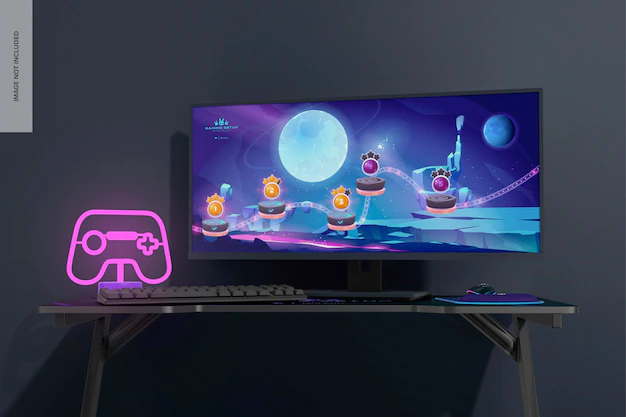
When you think about the future of televisions, you probably don’t immediately think of OLED and QLED. After all, these two technologies have been competing against each other for a while now. But what’s the difference between them? And which one is right for you? Let’s take a closer look at this so you can make an informed decision. Here are some of the differences between OLED and QLED TVs, as well as pros and cons to help you decide.
What is OLED Technology?
OLED stands for “organic light-emitting diode.” OLED TVs are built entirely from organic materials. OLED TVs are extremely thin and come in large sizes, like 75 inches and upwards. OLED technology is still being developed, but experts predict that it will become the dominant display technology in the next few years.OLED TVs use OLED pixels to create different colors. OLED pixels are self-lighting, so it’s not necessary to use a backlight like with LED TVs. When you turn on an OLED TV, the pixels light up, so you don’t have to deal with the image being created in the screen. The great thing about OLED technology is that it consumes very little power, so you don’t have to worry about it consuming too much power while you’re watching TV.
What is QLED Technology?
QLED stands for “quantum dot light-emitting diode.” QLED technology uses a special type of LED that illuminates with a range of colors, unlike regular LED TVs that use white light. This makes QLED TVs look brighter and more vivid. QLED TVs use quantum dot particles to create different colors, unlike OLED TVs that produce all colors with OLED pixels.QLED TVs have thinner profiles than OLED TVs, so they are easier to wall-mount or place in a cabinet. Their profiles also have curved edges, so you get the feeling that the TV is part of the room, rather than being an object in it. QLED TVs are also thinner and lighter than OLED TVs, so they are more energy-efficient.
OLED vs. QLED: Differences Between the Two
- Consumes Less Power -The main advantage of OLED TVs is that they consume less power than LED TVs. That’s because they don’t have an LED backlight, so they produce less light and don’t require a brightness control. On the other hand, OLED TVs are also more expensive than QLED TVs. They are also still being developed, so their prices will hopefully come down over time.
- Better Picture Quality -The advantage of OLED TVs is that they produce a better picture than QLED TVs. Because OLED pixels are self-lighting, they don’t need a backlight, which means that they have a much wider color range. Therefore, you get a much more vivid picture. However, this advantage is only present in OLED TVs that have a high-resolution display, like a 4K TV. In contrast, QLED TVs have a more consistent brightness and color range, so they are great for all types of displays.
- Curved TV Screens -OLED TVs can produce pictures that look more vibrant, particularly in high-definition pictures. This is because OLED pixels produce all colors with OLED pixels, unlike QLED TVs that have a more consistent brightness. Therefore, OLED TVs have a wider range of colors, which makes them look much more vivid.QLED TVs can produce curved screens, which makes them look more immersive and 3D. This is produced by using Quantum Dot particles. However, OLED TVs have a wider range of colors, which makes them look more vivid.
Conclusion
If you’re looking for the best TV technology available, you’ve come to the right place. OLED TVs produce a better picture than QLED TVs, and they also consume less power than QLED TVs. In addition, OLED TVs have a wider range of colors, as well as a much better picture quality. So which one should you buy? That’s up to you! Both technologies are available in large sizes, so you can easily find the one that fits your needs best.







